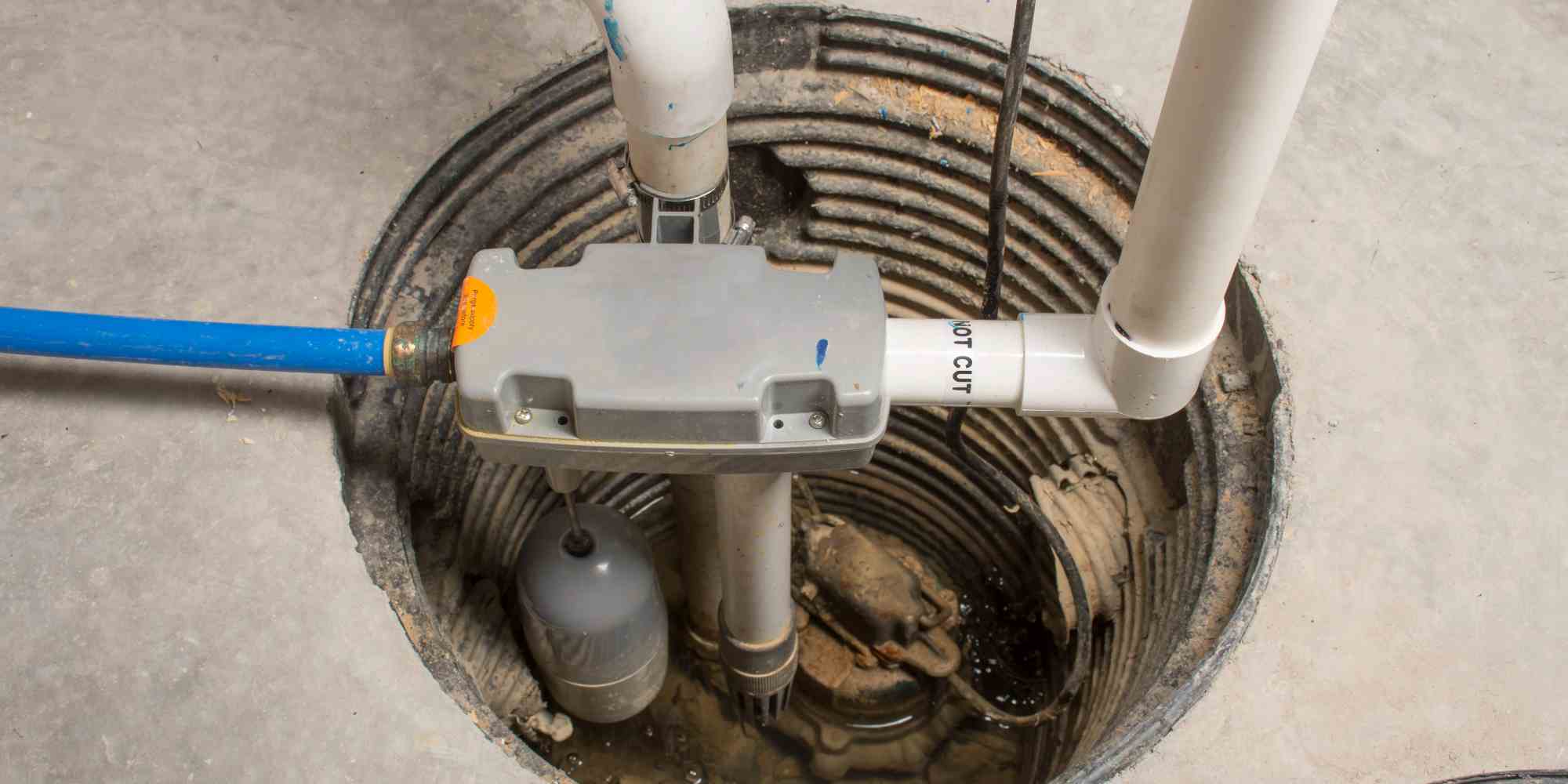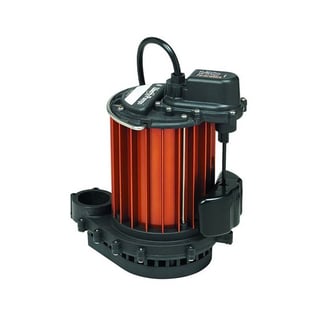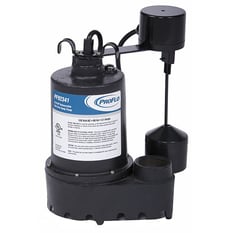Wolseley PRO Pipeline Blog
When a sump pump system fails, it may do so without any warning. There are steps you can take to determine if a sump pump is nearing the end of its life and is ready to be changed. Learn more about the signs indicating the need for a pump replacement, and how you can guide homeowners through the process to build a better system.
Replace Outdated, Inefficient Pumps
Some homes use pedestal pumps with motors that sit above the ground. Though a cheaper option, these pumps are the least efficient pumps available on the market. A higher-quality option would be submersible sump pumps from brands like Liberty Pumps or PROFLO.
As Steve Ritsema from Liberty Pumps puts it, “Pedestal pumps tend to be large, noisy and prone to breakdown when you need them the most. When it’s time to replace a pedestal pump, we recommend switching to a more efficient submersible sump pump”. A submersible sump pump is compact so it can fit inside a properly sealed and covered pit. This is quieter, seals in air and moisture, and eliminates an open hole in the basement. Submersibles are usually more energy-efficient and have better longevity, as the submerged motor is cooled by water. Because they are more compact, it’s also easier to add accessories like high water alarms, and a backup pump.
Shop Liberty Pumps 237 ⅓ hp on Wolseley Express
Shop PROFLO 1 ½” 3/10 HP Cast Iron Submersible Sump Pump
Clear Warning Signs that Should Not be Ignored
Most people don’t think about their pump until it fails. There are a few main indicators that failure may be imminent that you can check while you are working with a customer.
Unfortunately, sump pumps don’t last forever. With an average life expectancy of about 10 years, a pump could just be acting up because it’s wearing out, and it's time for a replacement. Most pumps will show a date code. Check that date and let the homeowner know if it’s getting to be that time.
An oil slick on the water is a bad sign. It probably means that the seal is wearing out and water is getting into the electric motor. Failure is not far behind.
If there is a battery backup pump, check the voltage at least once a year. Batteries die over time, especially in a cold basement. Before that happens, the voltage will be low. Homeowners rarely remember to check the voltage, so it’s good to check on their behalf. The battery should never post below 12 volts.
Pay Attention to Rapid Cycling
Rapid cycling happens when the pit fills quickly, and the pump has to turn off and on continuously to clear the water out. This is a sign that they may need a larger pump, and possibly even a larger tank. It could also be caused by a faulty or missing check valve, since much of the water that was just pumped away, falls right back in. Also, consider a backup pump to assist with excessive water. While a 1/3 HP pump may seem fine for most applications, there are times when groundwater can be high, or summer floods can hit.
Regular Maintenance Can Help
A little regular maintenance can help with the longevity of any pump. It’s always a good time to check for subtle warning signs. However, during winter, before the spring run-off, is a good time to schedule a proper maintenance call with your customer.
A pivotal task is to check the pit for dirt and debris. Contaminants in the pit will lead to pump clogs or switch jamming. Sand, leaves, dirt, and even slime can come in through the drain tiles. Especially when the spring deluge comes. Debris can even fall into the sump pit from the basement. Inspect the bottom of the tank, and test the float annually.
Pay close attention to the switch floats. Make sure they are moving and working properly. Vertical switches floats can crust up during dry season, and then refuse to move up and down. Floats can also get locked up on the side of tanks if the pump has moved. There is even an iron bacteria that can grow like slime and obstruct the float.
Build a System that has a Backup Plan
The best approach for protecting a homeowner’s basement from flooding is to use a Battery Backup System that alerts them when there’s a problem and has a 12-volt backup pump ready to go. There are many versions available. Choose from basic systems to systems with inverters, or even Wi-Fi-enabled versions. All systems will sound an alarm and activate a DC backup pump in the event of a power outage or a primary pump problem. With Liberty Pumps, the NightEye system is Wi-Fi enabled and notifies everyone with up to 4 texts and 4 emails if there’s a failure.
Shop Liberty Pumps NightEye System
Take a look at some of the many Liberty Pumps system options that are suitable for your customer's exact needs to be prepared during your next visit.
A little maintenance and having the right system in place can make all the difference. To learn more about how you can help your customers be prepared to avoid spring flooding, talk to your Wolseley representative today.
Be sure to also shop our Spring Pump Deals for more from Liberty Pumps and other top brands.
To get all the latest news about trends and technologies in pump technology, be sure to sign up and become a Wolseley PRO. You’ll get the latest tips, promotions and more sent straight to your inbox. If you want to learn more about products, training and upcoming webinars from products Wolseley carries, visit the Knowledge Hub.
To learn about the hottest deals, events and Wolseley promotions, subscribe to our e-mail list today.











